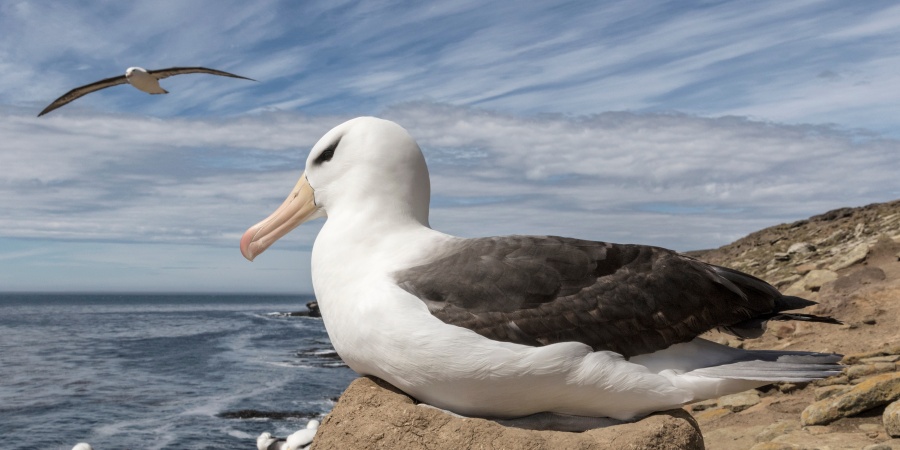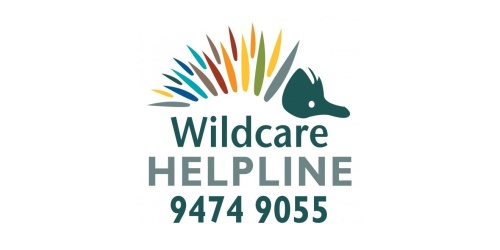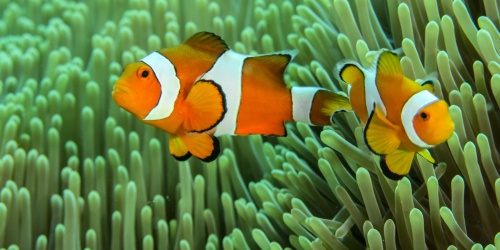
Black browed Albatross on nest - Photo David / Adobe
What is an albatross? Albatrosses are perfectly adapted to spending most of their lives at sea and riding the air currents above the ocean. These attractive birds are rarely seen by land lovers. Fourteen species of albatross are listed as threatened in Western Australia
- the Amsterdam (Diomedea amsterdamensis)
- Tristan (D. dabbenena)
- southern royal (D. epomophora)
- wandering (D. exulans)
- Gibson’s (D. gibsoni)
- northern royal (D. sanfordi)
- sooty (Phoebetria fusca)
- light-mantled (P. palpebrata)
- Indian yellow-nosed (Thallasarche carteri)
- shy (T. cauta)
- Atlantic yellow-nosed (T. chlororhynchos)
- grey-headed (T. chrysostoma)
- black-browed (T. melanophrys)
- and Salvin’s (T salvini).
What do they look like? Albatrosses are best recognised by their enormous size and huge bills. With a length from 110 to 135 centimetres and wingspan of about 3.5 metres, the wandering albatross is the largest of all seabirds and has the widest wingspan of any bird.
Where do they live? While they breed on subantarctic and other Southern Ocean islands, individuals travel vast distances, up to 15,200 kilometres, around the world’s oceans during each non-breeding period.
What do they eat and how? They feed mainly on fish and squid taken from cool, oceanic waters, especially those enriched by up-welling nutrients and along the edge of continental shelves, but are also known to follow ships out to sea to feed on food waste.
Behaviour: The lightweight, narrow, aerodynamic wings of these birds allow them to glide downwind with minimal effort. They are reputed to be able to remain airborne for several hours without having to flap their wings.
Breeding and caring for young: Wandering albatrosses usually keep the same mate for life. They breed every two years, although breeding is a protracted process. One egg, about 20 centimetres long, is laid into a bowl-shaped nest constructed from grass and peat and about a metre wide at the base.
Protecting albatrosses: You can occasionally come across severely exhausted and sometimes injured birds on southern beaches of Western Australia following massive winter storms. Please immediately call the Wildcare Hotline on 9474 9055 if you find a storm wrecked albatross and stay well clear, as these large birds would be capable of inflicting an injury if they become frightened.




























